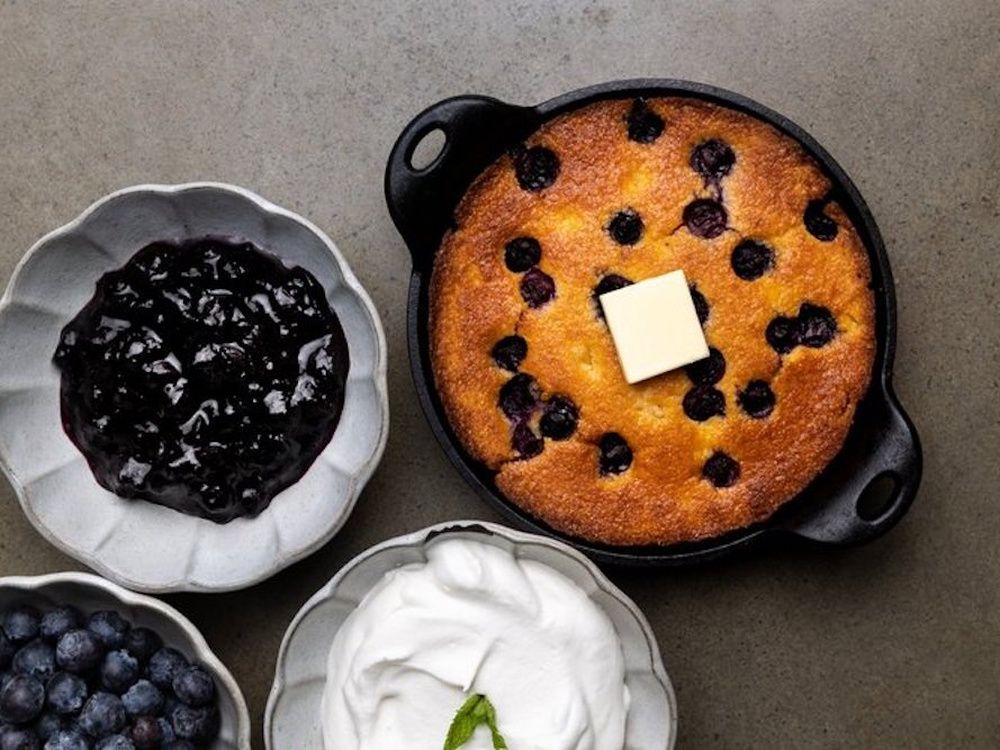Reviews and recommendations are unbiased and products are independently selected. Postmedia may earn an affiliate commission from purchases made through links on this page.
Anthony Gismondi: 2022 wine harvest will go down to the wire in B.C.

Growers will need a lot of help from Mother Nature to get the grapes in before a killing frost or early snow.

Article content
The unofficial start to fall is underway, and we begin with random thoughts as we await the arrival of new fall wines ordered last spring that have been in the supply chain and are now strike delayed.
Advertisement 2
Article content
As I write this, there is hope for a settlement with the BCGEU. The union’s overtime ban has ended, and preparations are underway to stand down picket lines at B.C. Liquor Distribution Branch locations.
Article content
It’s been a decade since the last strike, but not much has changed at the Liquor Distribution Branch, which still shockingly does not offer ecommerce sales or delivery to the public. Instead, what has evolved are prices, now among the highest in the world, while product selection is depressingly commercial.
Moving on, after a short week in the north Okanagan, it is now clear the 2022 harvest will be a nail-biter from the standpoint of getting it picked. A cool, damp and wet spring delayed the flowering and bunch set up and down the valley.
Advertisement 3
Article content
While the sunshine was generous in July and August, the damage was done early, pushing the main harvest well into September and October in the south and perhaps November in the north. Growers will need a lot of help from Mother Nature to get the grapes in before a killing frost or early snow.
Compounding the challenge for winemakers will likely be a compressed harvest where most grape varieties will ripen at more or less the same time. That will place added pressure on pickers already in short supply and winery personnel who will have to manage every available tank and barrel to accommodate multiple daily fermentations. The good news is wineries should have the time to prepare and organize as best they can to get through the final rush.
Advertisement 4
Article content
For consumers, the fall means returning to richer, more full-bodied wines, especially reds. Rosés will not disappear, but the demand will fall off as the evenings grow darker and the temperatures drop. Given the cost of wine, it might be helpful to look to specific regions whose wines are known to offer a high value-to-cost ratio.
In France, that will be in the southern Rhone or the Languedoc, mainly drinking some combination of Grenache, Syrah and Nourvedre. My star pick for pure value and quality is the Chapoutier 2020 Bila Haut Rouge Roussillon-Villages at $19.99. The scale in the Languedoc is massive, allowing for a more extensive selection of quality for money wines, a category in short supply at retail. From Italy, Puglia and Sicily are front-runners for affordable wines. A good example is the Cusumano Nero d’Avola at $18.99. Soft, round and full-bodied, Nero D’avola is the most important and widely planted red wine grape variety in Sicily and has been produced on the island for centuries.
Advertisement 5
Article content
Argentina still has a large assortment of Malbec and Malbec blends that deliver good value. One of the best under $20 is the La Linda Private Selection Old Vine Malbec at $19.99 from Mendoza. Unfortunately, with only 70 red wines listed and 49 selling for less than $20, the category is woefully under-represented in the market. South Africa is another region whose representation is spotty at best. A wine that exemplifies the changes in mentality and winemaking in the new South Africa is the Le Bonheur Chardonnay, $17.99 from the Western Cape. This is shockingly good for the price and entirely in tune with what is happening in the global Chardonnay market.
You will find similar bargains in private wine shops. But, unfortunately, from the faux wholesale distribution monopoly to the retail shelf, selling alcohol in B.C. isn’t set up for consumers to win unless you possess superior product knowledge regarding the quality and price of wines. And as mentioned last week, it doesn’t get any better in restaurants.
Advertisement 6
Article content
Don’t give up hope. We specialize in finding the best value each week, and who knows, maybe the current system and regime will collapse, and we can start over fresh with a business model that begins with a free and open market. We can dream.
Weekend wine picks
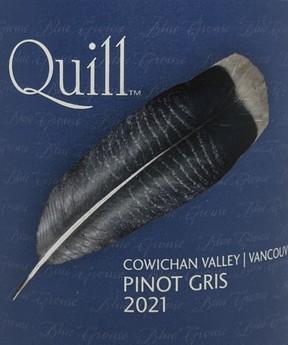
Blue Grouse Quill Pinot Gris 2021, Cowichan Valley, Vancouver Island, British Columbia, Canada
$21 I 91/100
UPC: 696852013574
The fruit is organic, and all Cowichan Valley and the estate vines are now up to 35 years old. The fermentation mixes French Barrique, Hogshead (40 per cent), and stainless steel to best handle the delicate fruit. It spends a few months on its lees before all the lots are blended and aged four months. Tight, juicy, and bursting with minerality, this is another kind of Pinot Gris, with barely there notes of apple, pear, and lychee, a subtle gin spice, and a saline/marine finish. It is on the edge of lean but an excellent edge that will appeal to wine enthusiasts and chefs looking for a food wine with great style. It has lovely balance and drinkability and deserves a better standing than a second label.
Advertisement 7
Article content
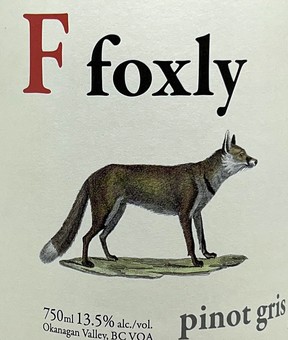
Foxly Pinot Gris 2021, Okanagan Valley, British Columbia, Canada
$23.99 I 89/100
UPC: 696852024068
The Foxly Gris comes from two vineyards, one in Summerland and another from Lake Country. Tighter and brighter, this is a much more exciting version of Pinot Gris and far friendlier with food. Citrus, minerals, and melon take me to the best of northern Italy with a savoury Okanagan undercurrent. You could serve this with freshly shucked oysters, a classic Vongole pasta, or a halibut favourite. Good value too.

Tantalus Bear Chardonnay 2021, Okanagan Valley, British Columbia, Canada
$23.50 I 91/100
UPC: 626990332046
The Bear label vines are approaching a decade; hence the label departure from Juveniles to Bear, the nickname of owner Eric Savics’ eldest son. The 2021 is a mix of clones 76, 95, and 548, all fermented in neutral French barriques and puncheons, where it remained on lees until bottling. The result is delightful. The flavour intensity pervades the creamy, leesy textures and citrus green apple highlights — a lovely northern expression of the Okanagan at a bargain price.
Advertisement 8
Article content
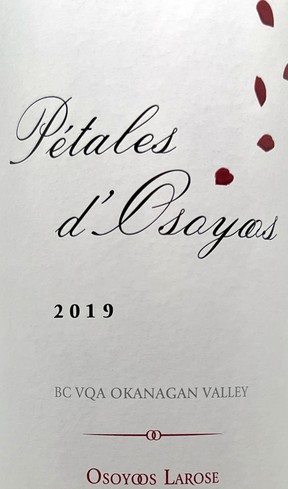
Pétales d’Osoyoos 2019, Osoyoos, Okanagan Valley, British Columbia, Canada
$29 I 91/100
UPC: 871610004005
The youngest vines of the 32-hectare Osoyoos Larose estate are the base for the Pétales label, along with barrels dropped from the Grand Vin. It is a delicious, juicy red blend with all five Bordeaux varieties. The blocks are kept separate, hand sorted, destemmed, and crushed at the winery. The fermentation is done in stainless steel cone-shaped tanks. Then, over 12 months, each variety is aged separately in two and three-year-old French oak barrels. The density and roundness of the tannins and textures make this wine so exciting for the price. So perfectly balanced, this is one to buy and hold too. Perhaps the best and most complex Pétales yet. Bravo.
Advertisement 9
Article content

La Remise de la Mordorée Rouge Sans Sulfites 2021, Rhone Valley, France
$33.99 I 91/100
UPC: 795898005670
A carbon copy of last year, if not better, and honestly the best Vin de France I have ever tasted. It is made with no added sulphites, so that aging might be dodgy, but it is so tasty now. Why bother waiting? It comes off a 16-year-old vineyard, and the blend is hand-harvested, 50/50 Marselan/Grenache (Demeter certified biodynamic) grown over sand with a bit of clay. The vinification is simple: they destem the fruit, crush it, and ferment and macerate it for 20 days. The palate is soft and silky with intense, pure black cherry. There is a minimal amount of tannin with a peppery finish. Food friendly.
Wine match: Torafuku blueberry cornbread
Advertisement 10
Article content
This recipe from the culinary team at the Vancouver restaurant Torafuku celebrates B.C. blueberries and corn in one sweet cornbread. Serve it as a side with a delicious dinner, or enjoy it for breakfast with a smattering of homemade jam.
Torafuku blueberry cornbread
Blueberry jam
1 cup (250 g) blueberry
1/2 cup (125 g) sugar
2 tbsp (30 mL) yuzu juice
Combine blueberry and sugar together in a pot and bring it to a boil. Let simmer until thick. Do the plate tests where it won’t just drizzle off the plate. Add yuzu juice at the very end. Store in an airtight container up to a month.
Cornbread
1 5/8 cups (380 g) corn meal
1 1/2 cups (360 g) flour
1 tbsp (15 mL) baking powder
1 1/2 tsp (7.5 mL) baking soda
7 oz (200 g) sugar
3 eggs
3 tbsp (45 mL) honey
Advertisement 11
Article content
3 1/8 cups (740 g) buttermilk
1 1/2 cups (360 g) butter, melted
corn niblets (optional)
Preheat oven to 350 F. Combine corn meal, flour, baking powder and baking soda in a bowl. In a separate bowl, cream egg, sugar, honey until foamy. Add buttermilk until liquid mixture is well-combined. Add dry ingredients in three batches and be careful not to overmix. Add melted butter into the batter, mix then add corn and mix again. Pour into buttered cast-iron pan and bake for approximately 20 minutes or until a cake tester comes out clean. For extra crispy bottom, preheat the cast iron in the oven while making the batter, and add butter into heated cast iron pan before pouring in the batter. Serve cold or hot with blueberry jam and fresh cream.
Serves six.
Recipe match
I would serve blueberry cornbread solo after dinner or, for the purposes of this column, with barbecue ribs and Syrah blends.
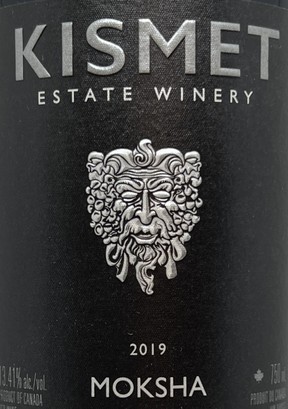
Kismet Estate Moksha 2019, Okanagan Valley, British Columbia, Canada $34.99
Half Oz, half Rhone, all Okanagan, you can drink this now with a favourite barbecue rib dish.

Bartier Bros. Grenache Syrah Mourvèdre 2020, Okanagan Valley, British Columbia, Canada $43.99
Dark plums, black cherries and silky sippable texture scented with black pepper and violet.
Source: vancouversun.com



